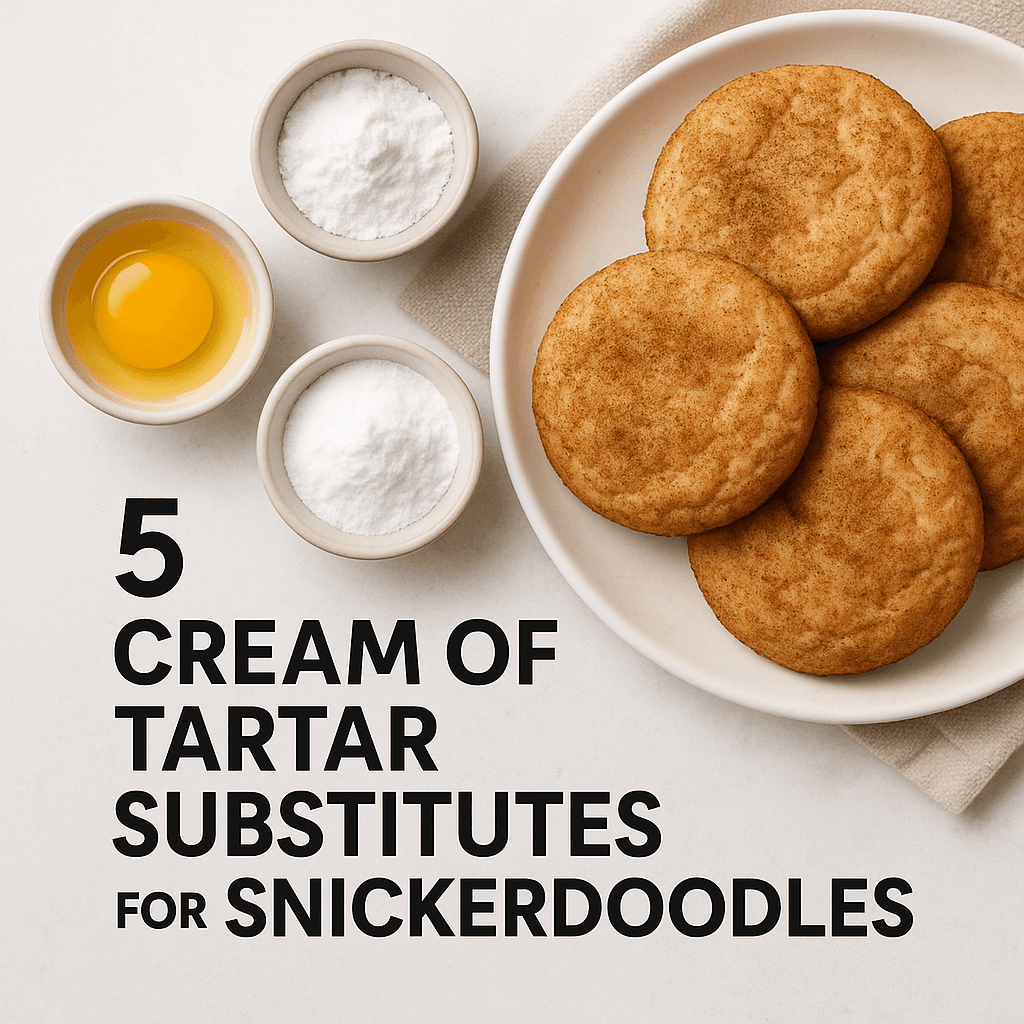Cream of tartar is what gives snickerdoodles their distinctive tangy flavor and chewy texture. But what if you're halfway through your baking process and realize you're out? Don't worry—we've tested these five substitutes to save your snickerdoodle session.
🚨 Emergency Baking Tip: When substituting cream of tartar, remember that its primary roles are to add acidity and help with leavening. The ideal substitute will accomplish both!
Understanding Cream of Tartar
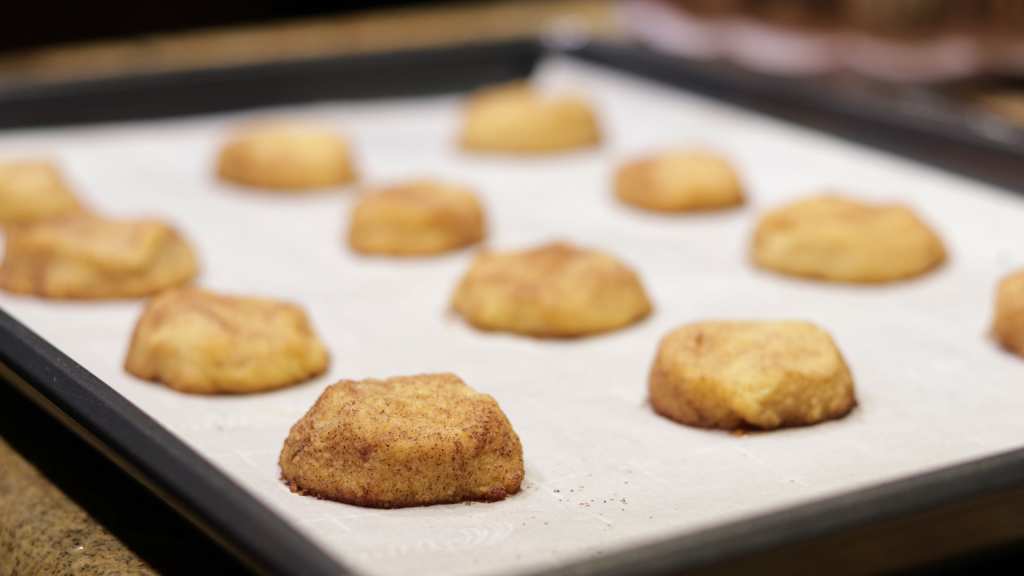
Before we dive into substitutes, let's understand what makes cream of tartar so special. Cream of tartar (potassium bitartrate) is a byproduct of wine making. In baking, it serves multiple purposes: it adds acidity, prevents sugar crystallization, stabilizes egg whites, and when combined with baking soda, creates a leavening reaction.
Substitutes at a Glance
Lemon Juice
Best for: Providing acidity Ratio: 1:1 replacement Flavor impact: Slight citrus note
Baking Powder
Best for: Leavening action Ratio: 1.5 tsp for each 1 tsp cream of tartar + 1/4 tsp baking soda Flavor impact: Neutral
Vinegar
Best for: Providing acidity Ratio: 1:1 replacement Flavor impact: Slight sourness that bakes out
Buttermilk/Yogurt
Best for: Moisture and acidity Ratio: 2 tsp per 1 tsp cream of tartar Flavor impact: Subtle tanginess
1. Lemon Juice or White Vinegar

The primary role of cream of tartar in snickerdoodles is to add acidity, which reacts with the baking soda and creates the cookie's signature tang and texture. Both lemon juice and white vinegar can provide this acidity.
📝 Substitution Ratio: For each teaspoon of cream of tartar called for in your recipe, substitute 1 teaspoon of lemon juice or white vinegar.

When using this substitute, you'll need to maintain the dry-to-wet ingredient ratio, so consider reducing another liquid in the recipe by the same amount. Lemon juice will add a subtle citrus note while vinegar's flavor typically bakes out completely.
2. Baking Powder

Since cream of tartar is often paired with baking soda to create a leavening effect, baking powder (which is essentially baking soda pre-mixed with cream of tartar) makes a logical substitute.
If consistency matters more than tang, baking powder is your best bet for replacing cream of tartar in a snickerdoodle recipe.
— America's Test Kitchen
📝 Substitution Ratio: For every teaspoon of cream of tartar plus 1/4 teaspoon of baking soda, substitute 1 1/2 teaspoons of baking powder.
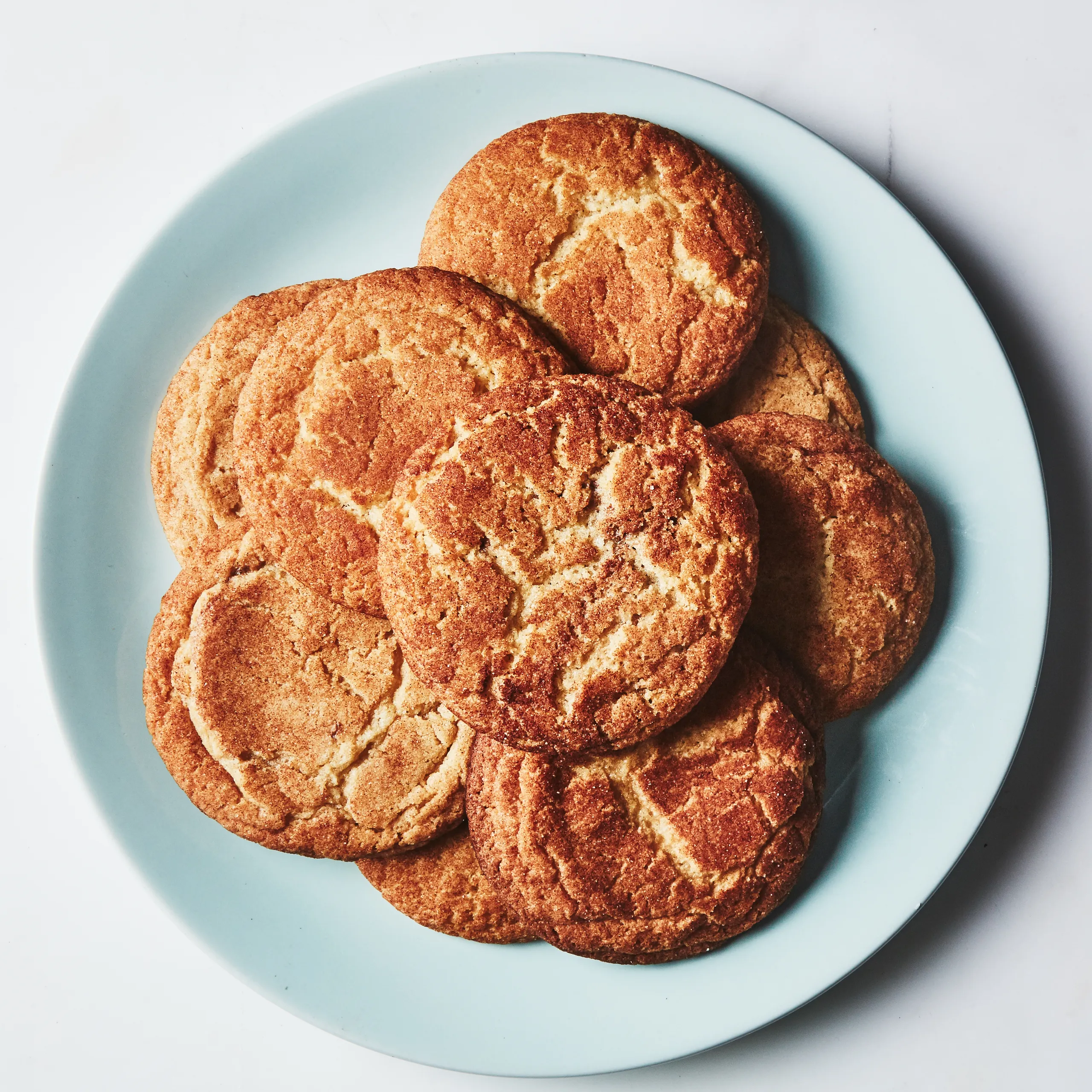
Note that this won't provide the same tangy flavor, but it will maintain the cookie's texture. Your snickerdoodles will have the right consistency but might taste more like sugar cookies.
3. Buttermilk or Yogurt
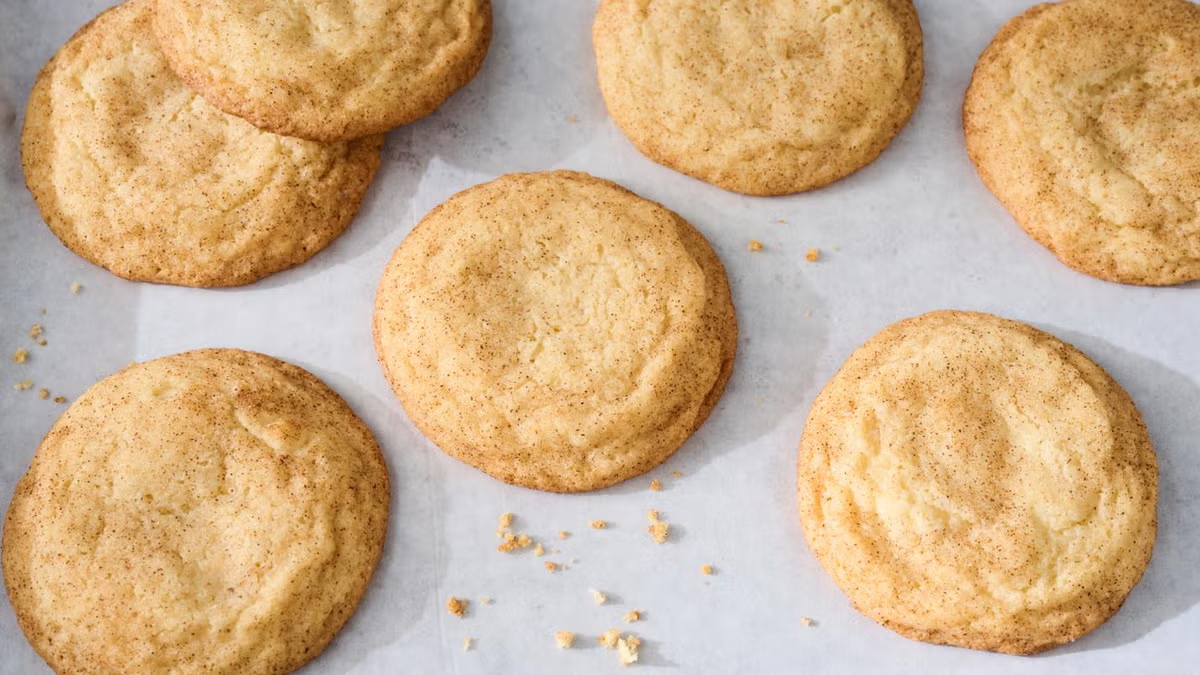
Both buttermilk and yogurt are acidic dairy products that can replace the acidity that cream of tartar provides. They also add moisture and a subtle tanginess that works well in snickerdoodles.
📝 Substitution Ratio: For each teaspoon of cream of tartar, substitute 2 teaspoons of liquid (buttermilk or yogurt).

As with the lemon juice substitute, you'll need to reduce other liquids in the recipe accordingly. Greek yogurt works particularly well as it has less moisture and more acidity than regular yogurt.
Cream of Tartar Substitutes in Action



4. Tartaric Acid

For those who are serious about baking, tartaric acid (the pure form of cream of tartar) might be in your pantry. If so, you can use it as a direct substitute.
📝 Substitution Ratio: Use 3/4 teaspoon of tartaric acid for every teaspoon of cream of tartar required.
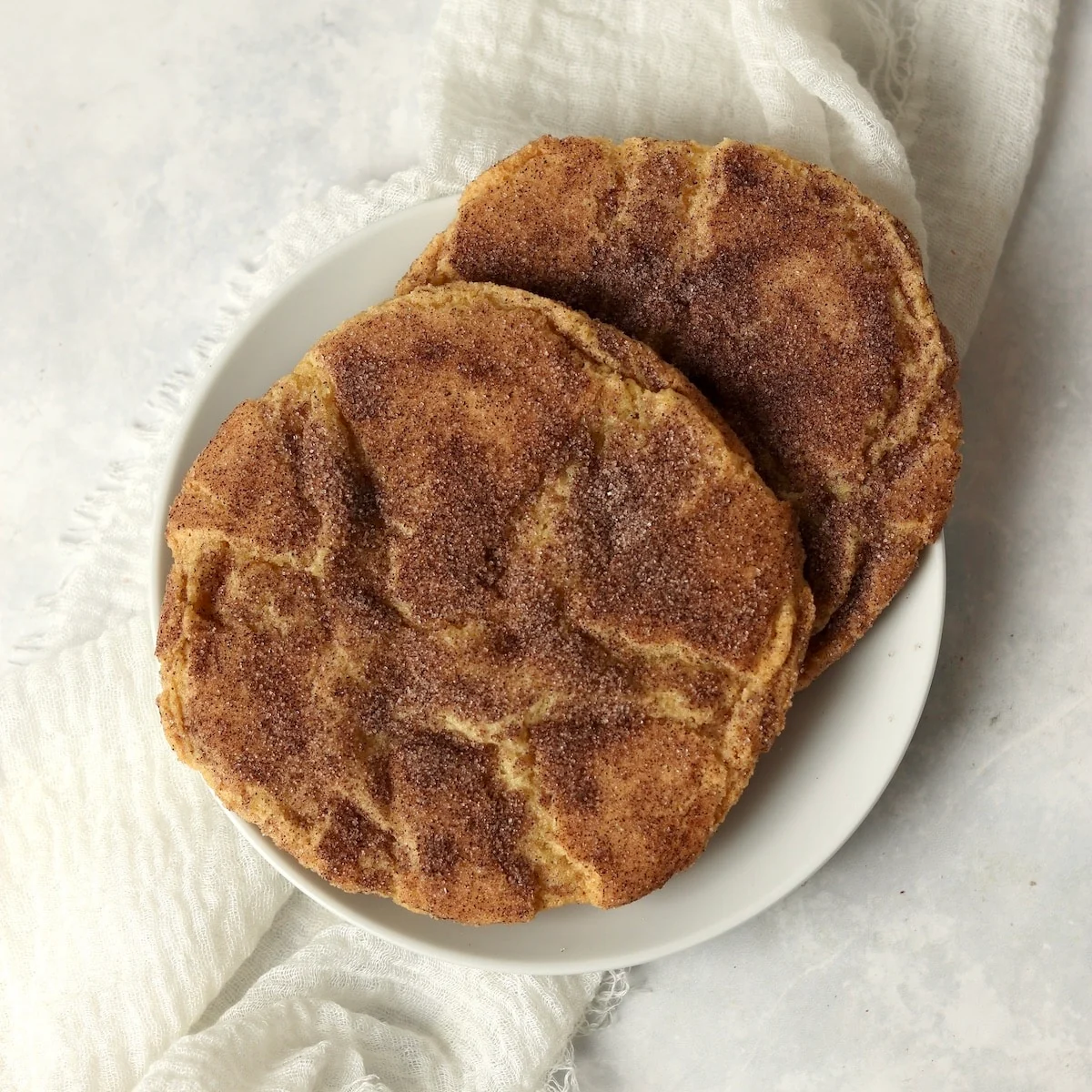
This substitute will give you results closest to using actual cream of tartar, as it's essentially the same compound in a different form.
5. Simply Omit It

In a pinch, you can omit cream of tartar from your snickerdoodle recipe. Your cookies will essentially be sugar cookies rolled in cinnamon sugar—still delicious, just different from traditional snickerdoodles.
⚠️ Important: If you choose to omit cream of tartar, make sure to adjust your leavening by using baking powder instead of the baking soda + cream of tartar combination.
While traditional snickerdoodles really benefit from cream of tartar's unique properties, these substitutes will help you create delicious cookies in a pinch. Each substitute will produce slightly different results, so don't be afraid to experiment to find which alternative works best for your taste preferences.
Remember that the best substitute often depends on what other ingredients are in your particular recipe. The good news is that with any of these alternatives, you'll still end up with tasty cookies that everyone will enjoy!
